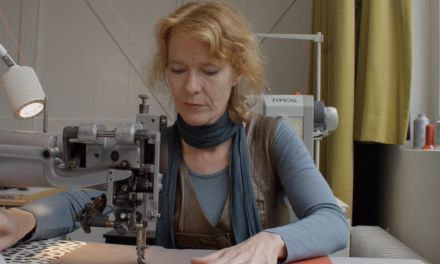The clothing industry is the second largest emitter of Co2 after oil. In total, the industry emits more than 10% of global Co2, while causing half of the wastewater problem: for the production of one T-shirt and jeans together, you can bathe 175 times. The garment industry, also known as fashion industry, is the second most polluting industry in the world. There are many challenges. Overproduction, waste, (children’s) working conditions, raw materials, chemicals, water use, supply chains to name a few. More and more fashion is available and you can find clothes at low prices. But the environment pays a high price for this. For example, the massive, lightning-fast production, use and disposal of clothes leads to CO2 emissions, plastics pile up and soil and water pollution.
To combat climate damage and tackle textile waste, the 2021 parliament adopted resolution on the new Circular Economy Action Plan demanding additional measures to achieve a carbon-neutral, sustainable, toxic-free and fully circular economy by 2050, including stricter recycling rules and binding targets for material use and consumption by 2030. As part of the Circular Economy Action Plan, the European Commission presented a new strategy in March 2022 to make textiles more sustainable, repairable, reusable and recyclable, tackle fast fashion and encourage innovation within the sector. Ms van der post has done scientific research on co’2 emissions from the clothing industry and tells us more about the damage the clothing industry is doing to our climate.




